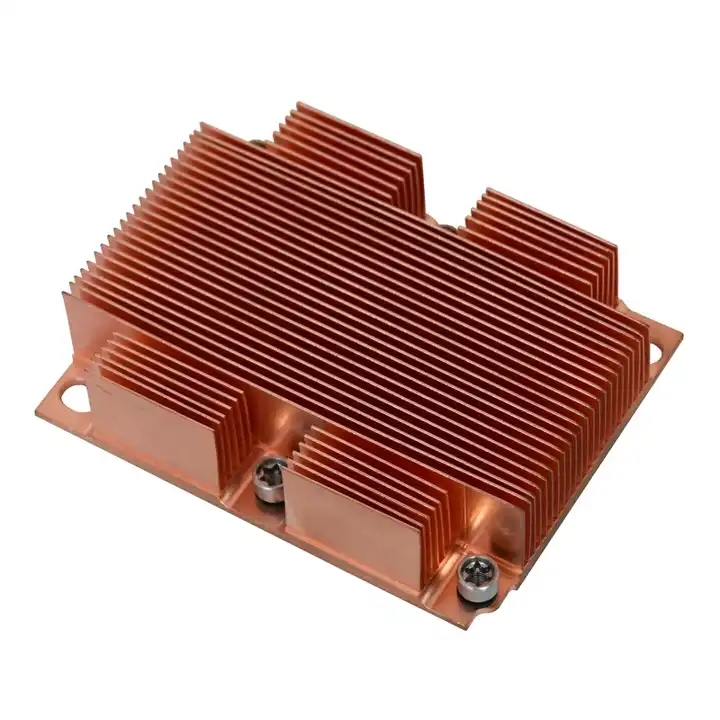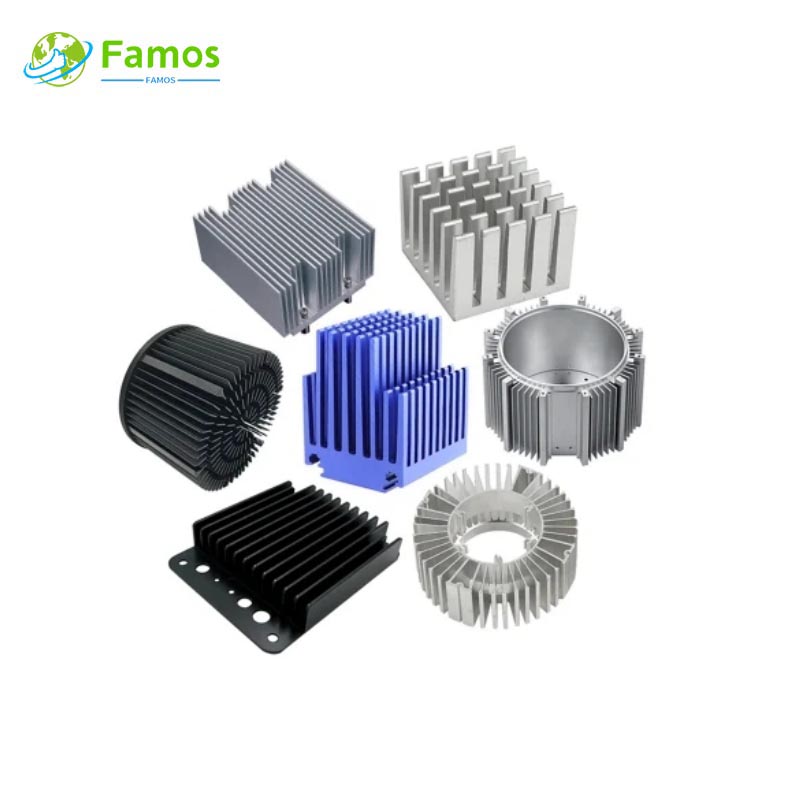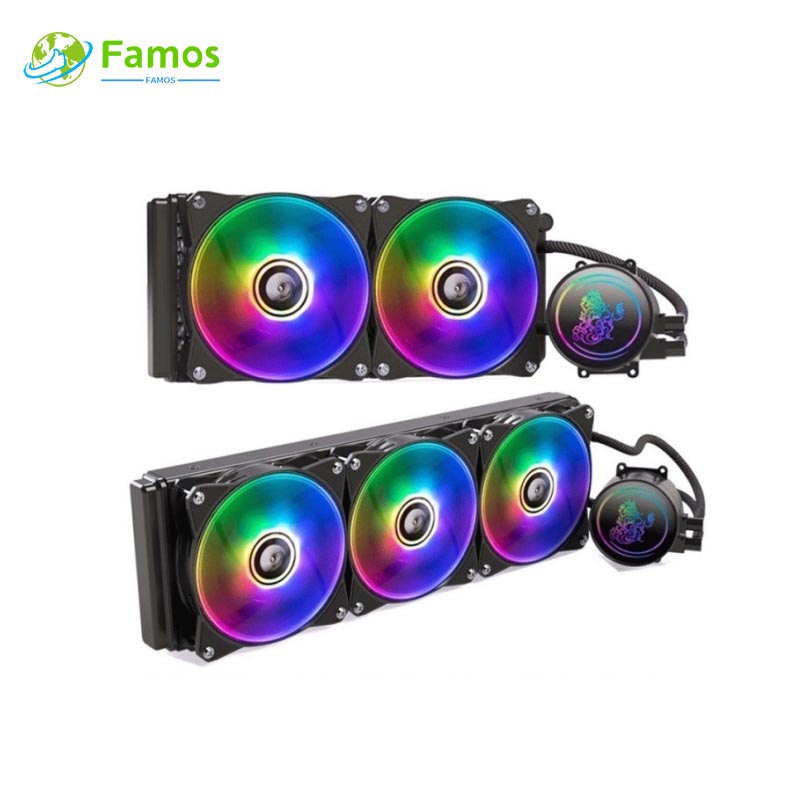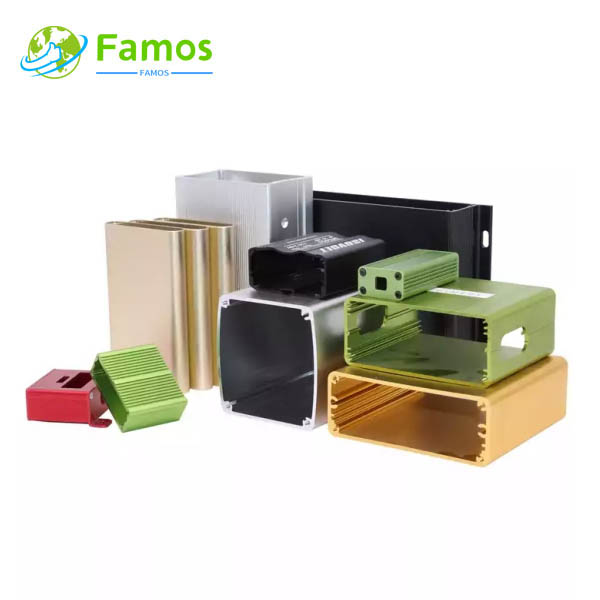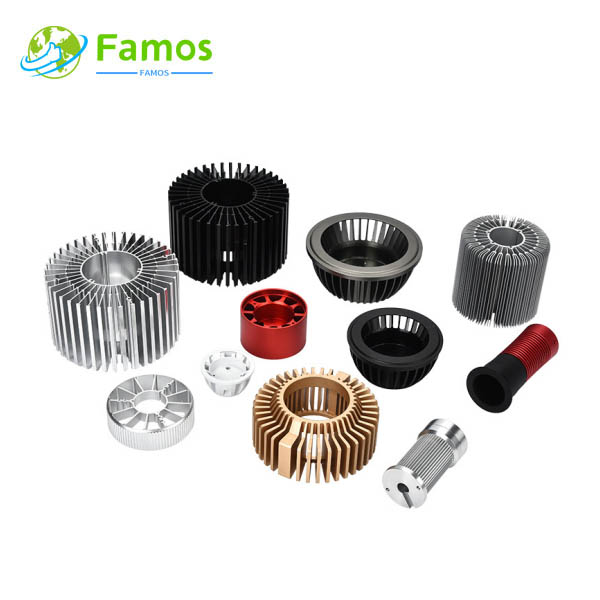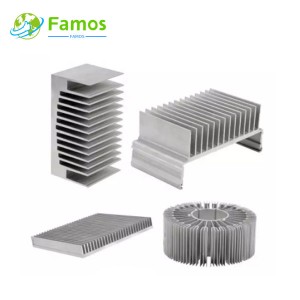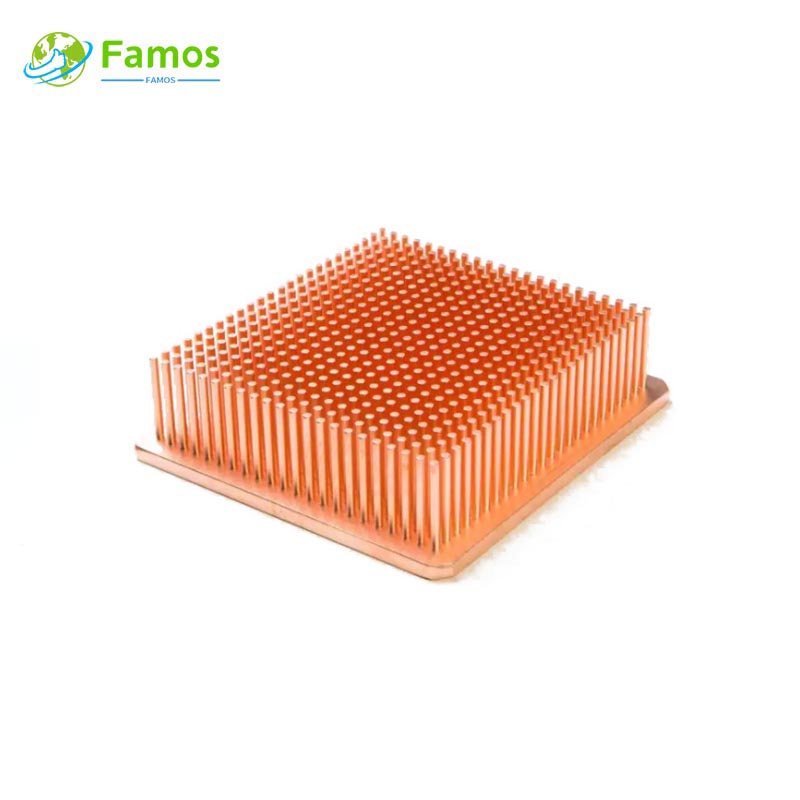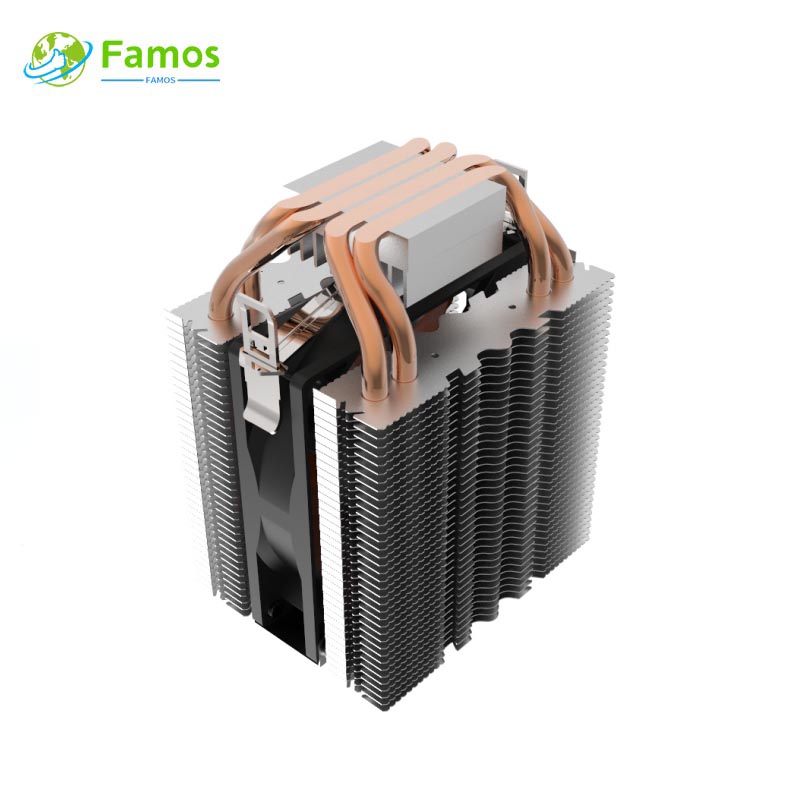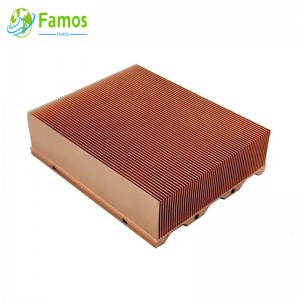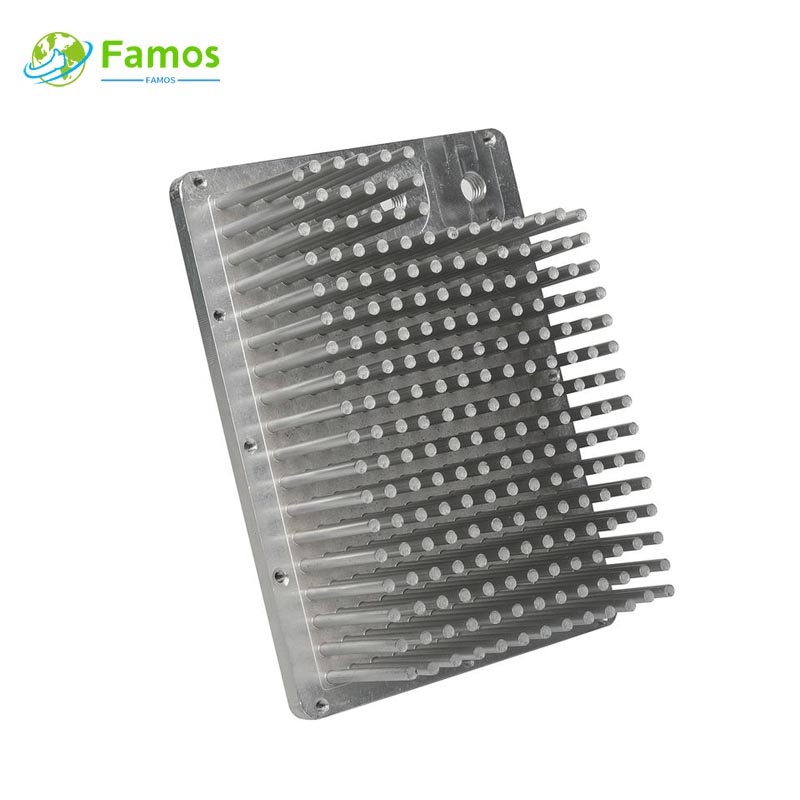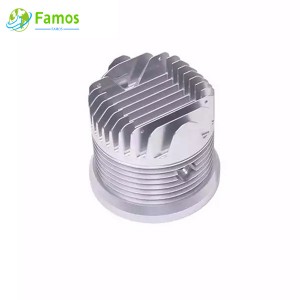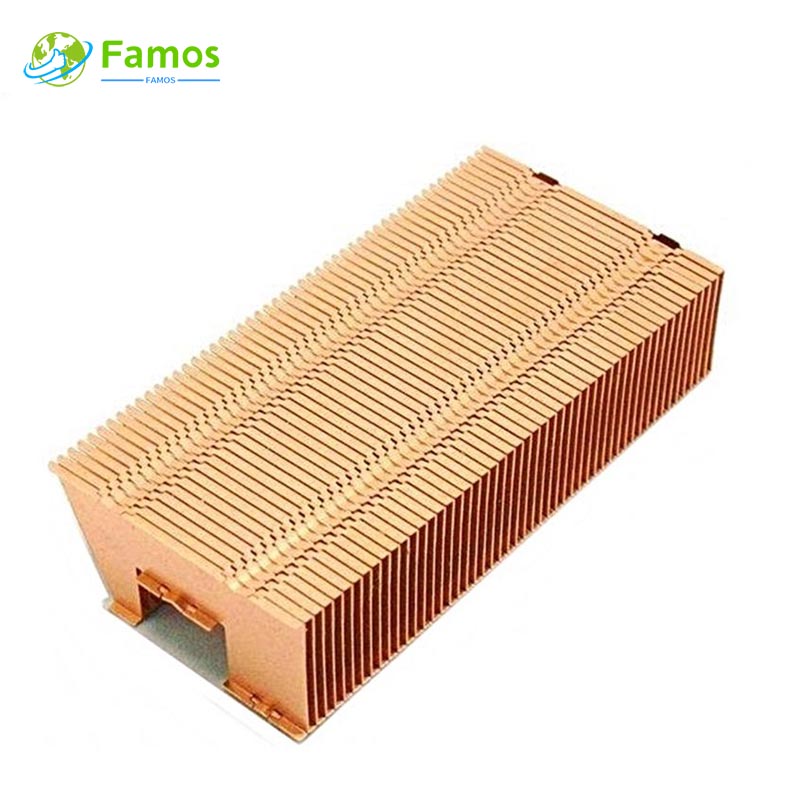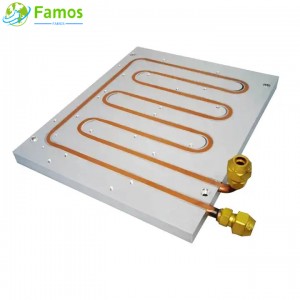When it comes to managing heat dissipation in electronic devices, skived heatsinks have become a popular choice amongst engineers and manufacturers. Skived heatsinks, sometimes referred to as bonded fin heatsinks, offer excellent thermal management capabilities due to their unique design and manufacturing process. In this article, we will explore what skived heatsinks are, how they are made, and if they are reliable for effectively cooling electronic components.
To understand why skived heatsinks are widely used, it is essential to have a clear understanding of their design and construction. Skived heatsinks are typically made from materials such as aluminum or copper due to their excellent thermal conductivity properties. The manufacturing process of skived heatsinks involves carving or cutting fins directly from a solid block of metal, creating a continuous and uninterrupted structure. The fins are then bonded or attached to a base plate to form the final heatsink.
The unique design of skived heatsinks allows for a higher surface area to volume ratio, enhancing their cooling efficiency. The skiving process creates extremely thin fins with narrow gaps between them, increasing the surface area available for heat transfer. This efficient transfer of heat from the electronic component to the heatsink helps in maintaining optimal operating temperatures and prevents overheating.
One of the main advantages of skived heatsinks is their ability to achieve high aspect ratios. Aspect ratio refers to the ratio of the fin height to the fin thickness. Skived heatsinks can have a high aspect ratio, meaning that the fins can be taller and thinner compared to traditional extruded heatsinks. This characteristic allows skived heatsinks to provide better performance in limited spaces, making them an excellent choice for compact electronic devices.
Skived heatsinks also offer flexibility in design. Since the fins are carved from a solid block of metal, engineers have the freedom to customize the heatsink according to specific requirements. The shape, size, and density of the fins can be tailored to optimize heat dissipation for a particular electronic component. This customization potential makes skived heatsinks versatile for a wide range of applications, including power electronics, LEDs, and computer processors.
Now that we have explored the design and manufacturing process of skived heatsinks, the question arises: are skived heatsinks reliable? The reliability of any cooling solution depends on various factors, including the application, thermal requirements, and environmental conditions. In general, skived heatsinks have proven to be highly reliable and effective in managing heat in electronic devices.
The robust construction of skived heatsinks ensures their durability in demanding environments. The bonded fins and sturdy base plate create a rigid structure capable of withstanding mechanical stress and vibration. This reliability factor makes skived heatsinks suitable for applications exposed to rugged conditions, such as industrial machinery and automotive electronics.
Moreover, skived heatsinks offer excellent thermal conductivity, allowing for efficient heat transfer. Compared to other traditional heatsink manufacturing methods, skived heatsinks can achieve higher thermal performance due to their low thermal resistance. This characteristic helps in maintaining the desired temperature range of critical electronic components, enhancing their reliability and lifespan.
However, it is crucial to consider certain limitations when using skived heatsinks. The manufacturing process of skived heatsinks can be more complex and time-consuming compared to other methods such as extrusion. This complexity can result in higher production costs, making skived heatsinks slightly more expensive than their counterparts. Additionally, the intricate design of skived heatsinks requires proper manufacturing techniques and expertise to ensure optimal performance.
Although skived heatsinks offer excellent thermal management capabilities, they may not be the ideal solution for all applications. Factors such as power density, airflow, and space constraints must be carefully evaluated to determine the suitability of skived heatsinks. In some cases, alternative cooling methods such as liquid cooling or heat pipes may be more appropriate for achieving the desired thermal goals.
In conclusion, skived heatsinks have emerged as reliable cooling solutions for managing heat dissipation in electronic devices. Their unique design, high aspect ratio, and flexibility in customization make them highly efficient in cooling electronic components. While skived heatsinks are generally reliable, their suitability for specific applications should be evaluated based on factors such as thermal requirements, cost constraints, and environmental conditions. By carefully considering these factors, engineers and manufacturers can make informed decisions about using skived heatsinks to achieve optimal heat dissipation in their electronic products.
If You Are in Business, You May Like
Types of Heat Sink
In order to meet different heat dissipation requirements, our factory can produce different type heat sinks with many different process, such as below:
Post time: Jun-30-2023

